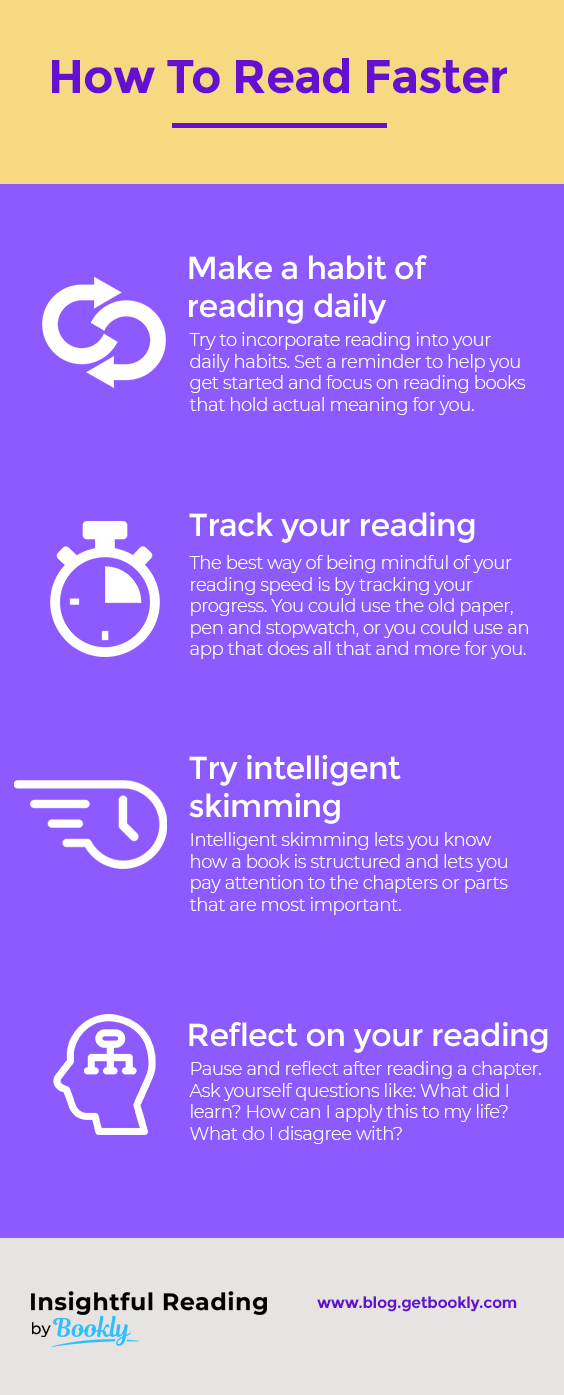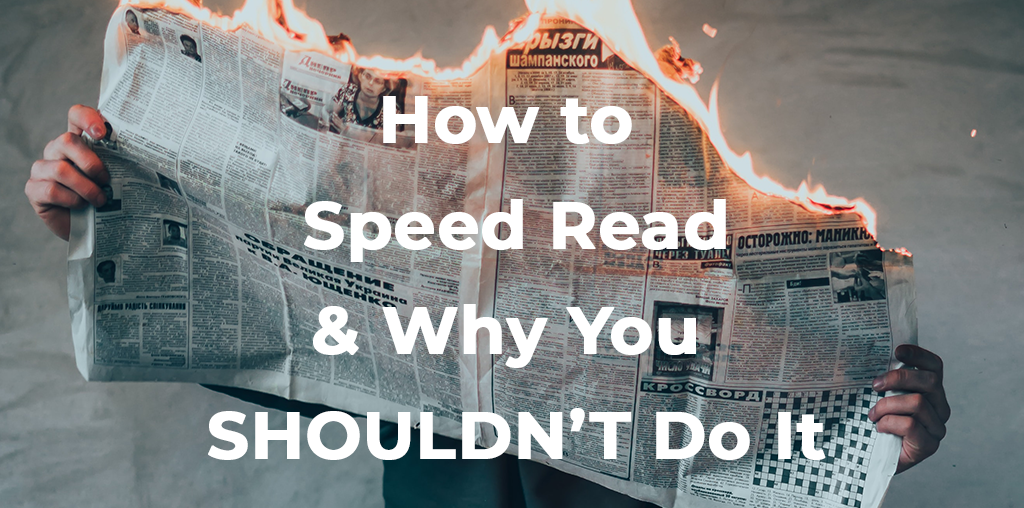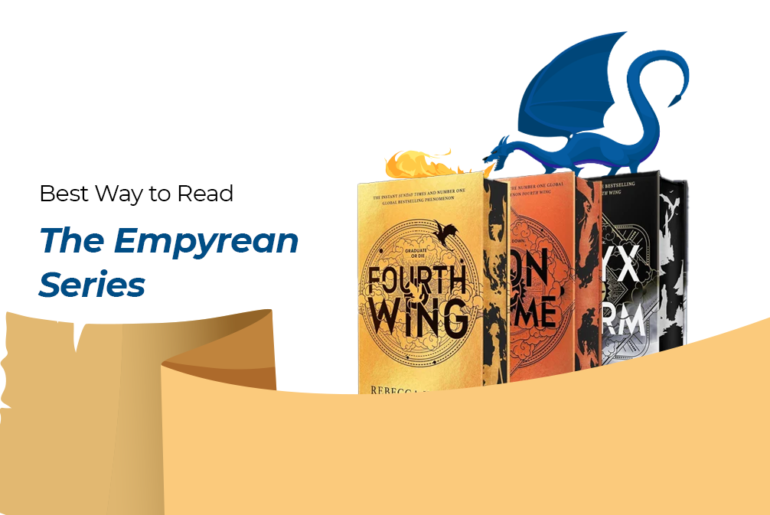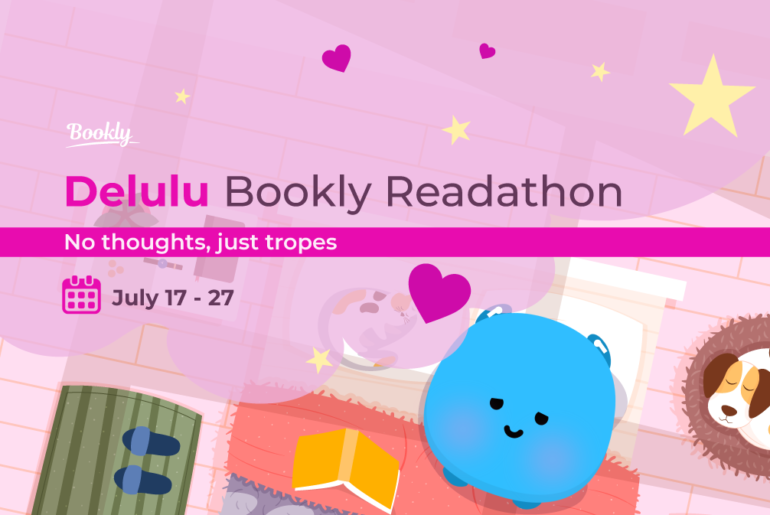Updated: October 25, 2024
We are not living in the same world our parents once did. From instant messages to relationships, everything is moving faster, at a quicker pace than ever before.
Technology has taken new forms to accommodate a different way of life.
So has our approach to reading. The race to read more, faster has officially started.
Just think of how many times you’ve heard or read the term “speed reading” lately. From your friends’ bragging rights to the World Championship Speed Reading Competition, speed reading has gained a reputation as an effective way to get through vast amounts of reading materials.
But what is speed reading, actually? And how do you speed read?
Let’s take a look.
The History of Speed Reading
Speed reading has actually been around since the 1950s. Over the years, it’s been developed by scientists, psychologists, and teachers as a method of increasing reading speed, whether through manual tools or visual movements.
The types of strategies speed readers use can be sorted into 4 categories:
1. Skimming
This is a type of reading that’s mostly used to gain an overview of the text. Speed readers use this technique to check the relevance and gain a general impression of whether the text is actually useful to them.
2. Meta Guiding
Like the name says, this type of speed reading requires an object to guide your eyes along the lines of text. Speed readers often use a pointer, such as a finger or a pen to help their eyes move faster horizontally, focusing on one line at a time.
3. The Visual Span Method
This method requires speed readers to read words in batches, instead of one at a time. Users take in larger chunks at a time by using their peripheral vision to see adjacent words.
4. The RSVP Method
The Rapid Serial Visual Representation method or “one word at a time” method relies on software that displays words one by one. Speed readers can also adjust speed and font size.
Speed reading through audiobooks has also gained popularity. Some people skim through a book at 2x and 3x the regular speed.
Why Is Speed Reading So Popular?
But why has speed reading become so popular? The answer lies in the very nature of our society.
Our workaholic tendencies demand productivity across all ends. Fewer and fewer people are reading for hours on end, in a private space, where solitude reigns and they can imaginatively interact with the text.
We’re increasingly reading in short spurts, in public transport, in the laundry room while we wait for our clothes to run through their cycle, in cafes surrounded by the daily hustle and bustle.
Add to this the academic focus on overbearing, imposing syllabi and we can understand why speed reading has become so common. When you have tomes after tomes to get through each semester, you start to lose the pleasure of reading.
The benefits of deep reading are also lost in the process.
“Every book should be read no more slowly than it deserves, and no more quickly than you can read it with satisfaction and comprehension”.
Mortimer Adler
Why You Shouldn’t Speed Read
Today, six-time speed reading champion Anne Jones can reach 4,200 words per minute, which is a whopping 14 times faster than the average adult’s 300 words per minute rate.
But at what cost?
During the competition, her comprehension was at 67%, considering that she had been exposed to the material beforehand. Comprehension rates at world championships average at about 50%.
Speed reading promoters claim that no information is lost, but should we be approaching reading this way?
Here are 3 reasons why you shouldn’t speed read:
1. Speed reading isn’t about reading at all. It’s about speed.
Speed reading doesn’t allow the information to set in, to be processed. Instead, it creates a habit of rushing through texts, only reading for the sole purpose of finishing, not understanding.
Promises of reaching a 700 words per minute rate sound impressive. But reading at that rate diminishes the very results that we look for when reading: learning, calming down, and intellectual thinking.
2. Speed reading comes at the sacrifice of understanding
The purpose of reading isn’t to get through as much information as possible. It’s spending time to understand the author’s perspective, regardless if you’re reading to enjoy the story or to learn something new or solve a problem. Speed reading defeats this purpose.
In the end, it’s not just about quantity. Sometimes you may need to speed up and skim, other times you may need to slow down and reread a few passages while taking notes.
3. Speed reading methods treat every piece of content like they’re the same. They’re not.
We all read for a variety of different reasons: information, education, leisure, or resolution.
The issue with speed reading isn’t just that it diminishes understanding. It’s that it’s often touted as covering all types of readable content – from articles to books, to reports and every other kind of written word.
We don’t require the same level of comprehension when reading a newspaper versus an instruction manual.
Short bursts of reading are fine for pieces of everyday content. If you want to think deeply about a topic, sustained deep reading is necessary.
How To Read Faster
There is a time and place for optimizing. One that doesn’t require losing the intellectual horizon that reading can offer.
A book isn’t just another box to be checked off. Reading should be an experience that requires reflecting on the material and coming out having learned something new.
So how can we read faster AND make the most out of what we read? Here are four solutions for speed reading that actually works:
Reading Tip #1: Make a habit of reading daily
Most people don’t think of reading as fun. They read studies about how it makes our brain smarter. And how all the most successful people read constantly.
If you find yourself in this situation, think about who you’re actually reading for. You might not really be reading for yourself, but for others and their expectation of you.
Try to incorporate reading into your daily habits. Set a reminder to help you get started and focus on reading books that hold actual meaning for you, instead of others.
Don’t feel pressured to finish a book in a set amount of time. Instead, focus on enjoying the passages as they come.
All of this being said, reading is a highly personal journey. Just like flossing or playing a musical instrument, reading is only daunting when you don’t practice and becomes easier as you build a habit around it.
Reading Tip #2: Track your reading
The best way of being mindful of your reading speed is by tracking your progress. You could use the old paper, pen and stopwatch, or you could use an app that does all that and more for you.
Around here, we’re quite fond of the Bookly App. It lets you add books to your collection and organize them however you want. The timer will record how fast you’re reading, and you get monthly reports on your performance so you know what you need to improve.
Tracking your reading habits can also help you work out when your best time to read is. Is it in the morning or in the evening? Do you most benefit from shorter reading sessions or longer ones?
You can also use tracking to improve your fluency. Reading in a foreign language or an unfamiliar subject can and will impact your reading speed. A tool that lets you track and learn new and hard words can help you improve.
Taking notes or rewriting factual information can also help you process the information better.
Reading Tip #3: Try intelligent skimming
Some speed reading courses actually teach skimming techniques but package them as reading faster. Skimming can be helpful when used to map out a book or article, as long as it’s done intelligently.
Intelligent skimming lets you know how a book is structured and lets you pay attention to the chapters or parts that are most important. This helps you get through the work with more ease and at a higher rate.
Reading Tip #4: Reflect on your reading
The race to read faster is pointless if the end goal is simply stacking numbers. Instead, try to immerse yourself in the experience.
Pause and reflect after a reading session or a chapter. Ask yourself questions like:
- What did I learn?
- How can I apply this to my life?
- What do I disagree with?
Everyone reads differently. There is nothing inherently wrong with reading quickly if you can maintain comprehension – particularly in an academic setting where the stack of books on your TBR risks falling on your head if you postpone it longer (literally and figuratively).
Life gets in the way. Much like writing, you have to make time to read at this capacity. But it’s always worth it in the end.
Remember that it’s not just about spending less time reading. It’s about getting more out of everything you read.
There is simply not enough time to read all the books in the world, but there’s enough time to gain the fruits of reading some of the best books in the world.








